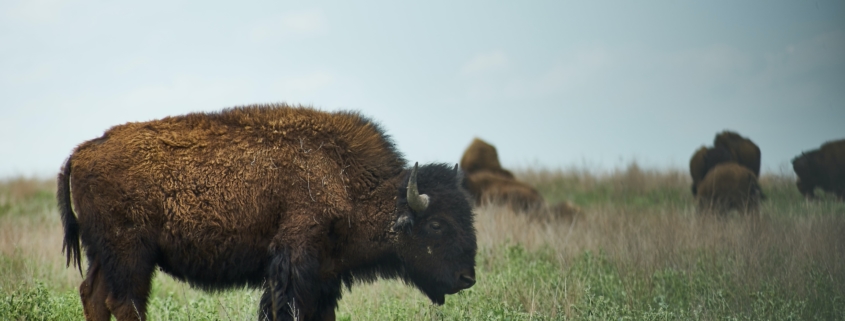A Return to Native Agriculture
Indigenous farming and ranching practices are once again being embraced in an American West stressed by drought, diminishing resources, and climate change
Three Native Americans, living in different landscapes and nurtured by different tribal cultures, all share the same goal: to ensure that the traditional Indigenous ways of gathering, growing, husbanding, and serving food are preserved. They are part of a movement, small enough to be barely noticeable in the world of industrial agriculture, but strong enough to be growing steadily, powered by enduring links to Native history and culture.
Herman Fillmore, the culture and language director for the Washoe Tribe in California and Nevada, has grown squash, corn, and beans in the Washoe community garden since it was first planted in the spring of 2014. These crops, often called “Three Sisters,” are plants that Indigenous people of North America learned to grow together because they are mutually supportive. The corn stalks provide support for the bean vines to climb; the beans send fertilizing nitrogen back into the soil for the corn and squash; and the squash’s large, prickly leaves protect all three plants from predators.
“KEEP READING ON CIVIL EATS”

